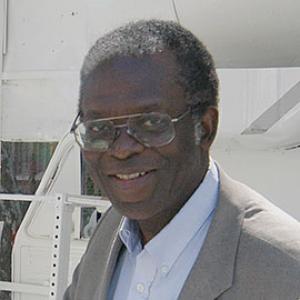Henry Richardson
B.Arch. '68, M.Arch. '70, M.R.P. '71
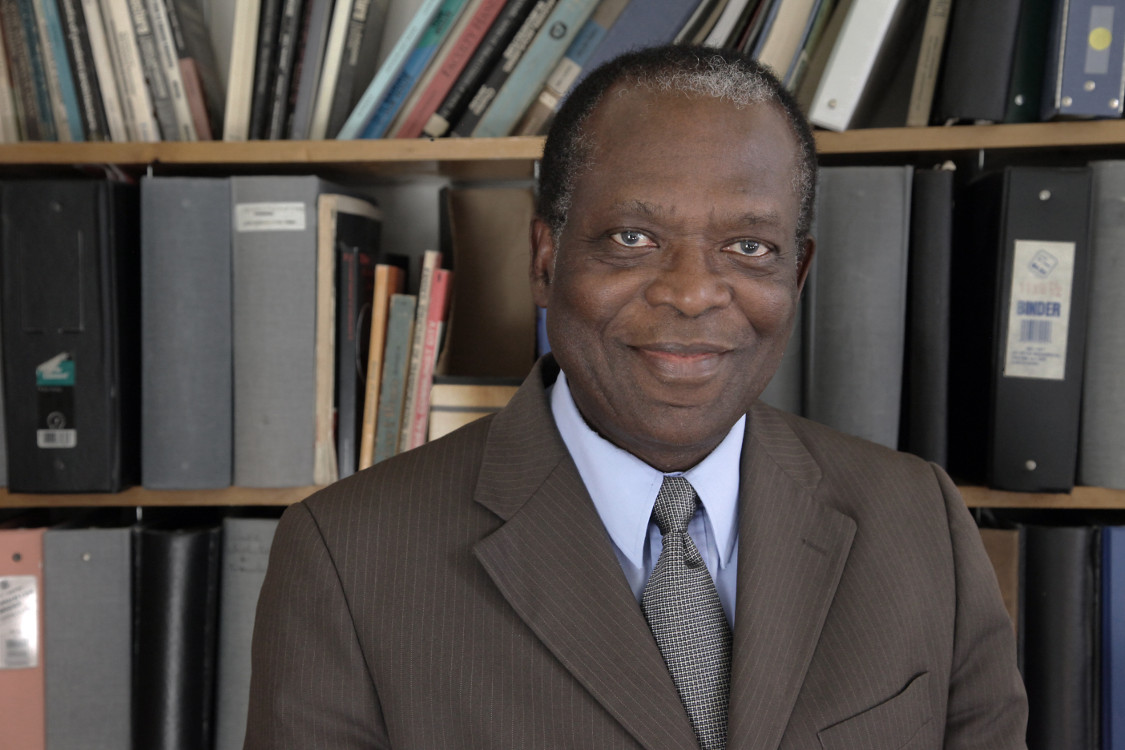
Professor Henry Richardson, headshot.
Richardson teaches a virtual reality studio that enables Cornell students to visualize architectural possibilities.
Projects
Brandford House Addition (2004)
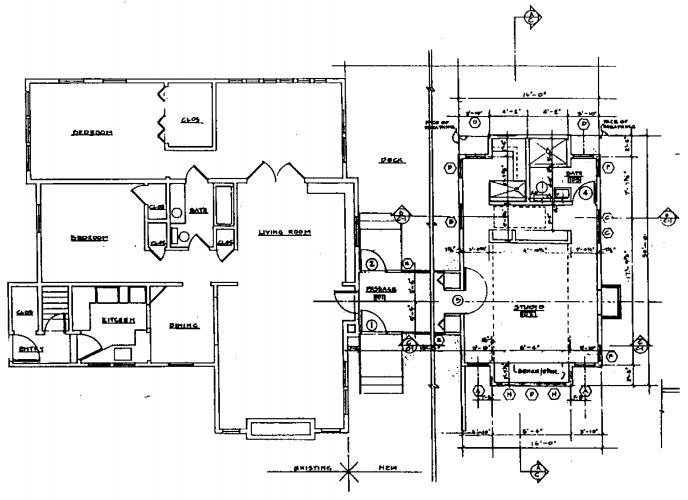
Henry Richardson Associates (architect), Ray DiPasquale Associates (structural consultant), Interior plan for Brandford House Addition (2004), Ithaca, NY.
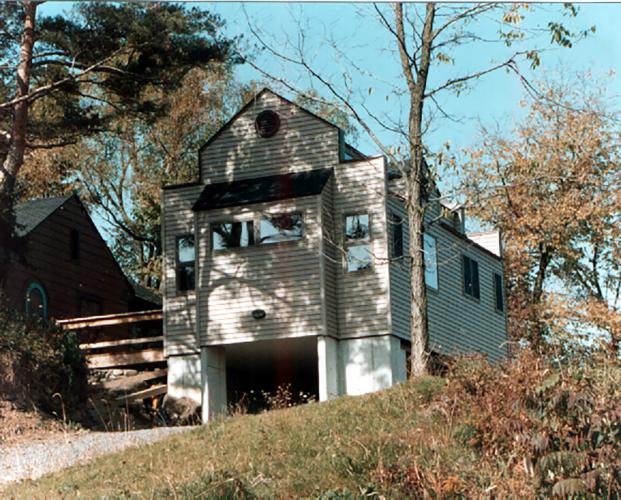
Exterior (2004), Ithaca, NY. The client requested a studio that could accommodate a weaver with a large wooden loom and could be converted into an accessory apartment in the future.
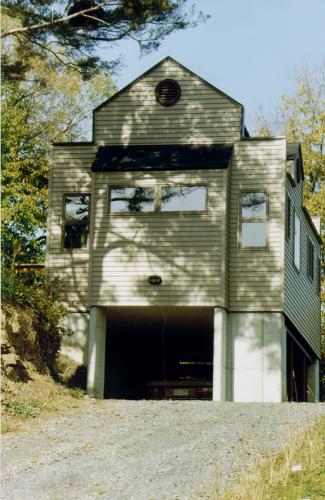
Exterior (2004), Ithaca, NY. Project requirements included designing a structural system for the foundations and superstructure, through a deep bed of shale, capable of withstanding continuous vibrations from adjacent highway traffic below.
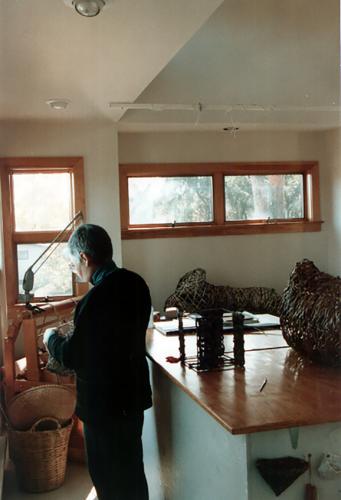
Interior (2004), Ithaca, NY. Well lit with both natural and artificial light, the addition included a spacious work area, ample built-in storage for large sheets of woven textile and supplies, sufficient wall area to hang work, and a wet area for mixing dyes and dying fabric.

Picture window (2004), Ithaca, NY. The site sits on the narrow plateau of a hill west of a busy state highway, but sufficiently above it to afford spectacular views of both the City of Ithaca and Cayuga Lake.
H.H. Whetzel Seminar Room (1995–96)

Henry Richardson Associates (architect), Raymond DiPasquale Associates (structural consultant), Drawings of interior Janusian facades in H.H. Whetzel Seminar Room, Cornell University, Ithaca, NY.
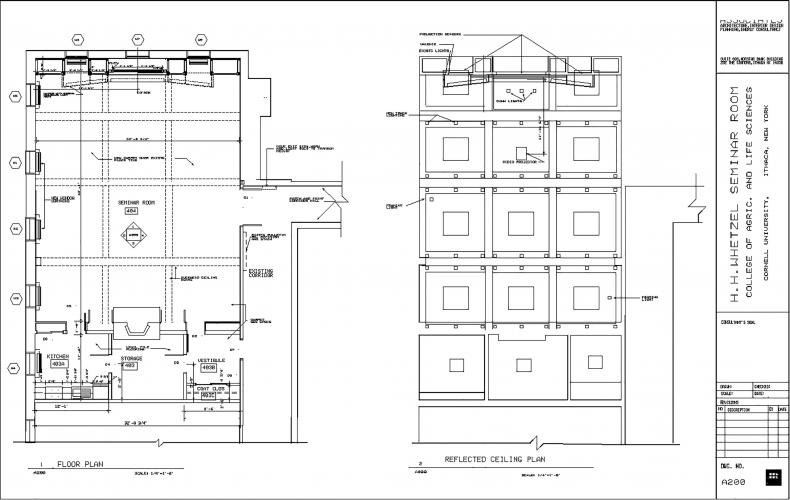
Floor plan and reflected ceiling plan, Cornell University, Ithaca, NY. Cornell's College of Architecture and Life Sciences tasked Henry Richardson Associates with redesigning an existing laboratory and classroom suite into a high-technology, multimedia, and multifunctional room.

Interior view of media wall, Cornell University, Ithaca, NY. The seminar room housed a media wall that included a state-of-the-art multimedia projection and recording system.
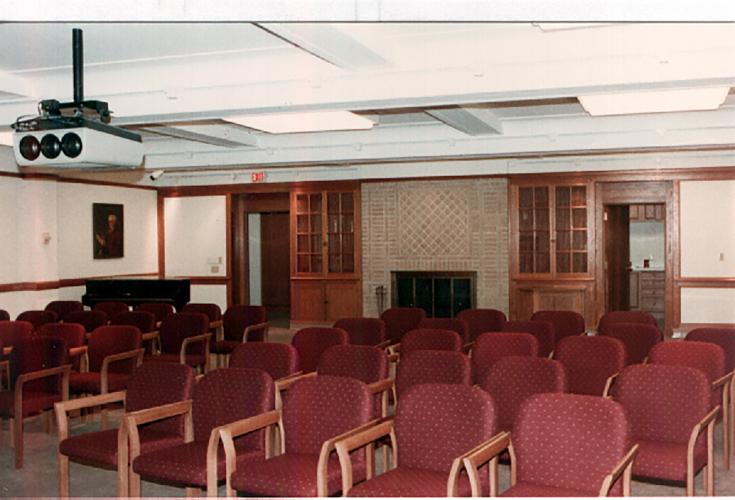
Interior view of fireplace wall, Cornell University, Ithaca, NY.
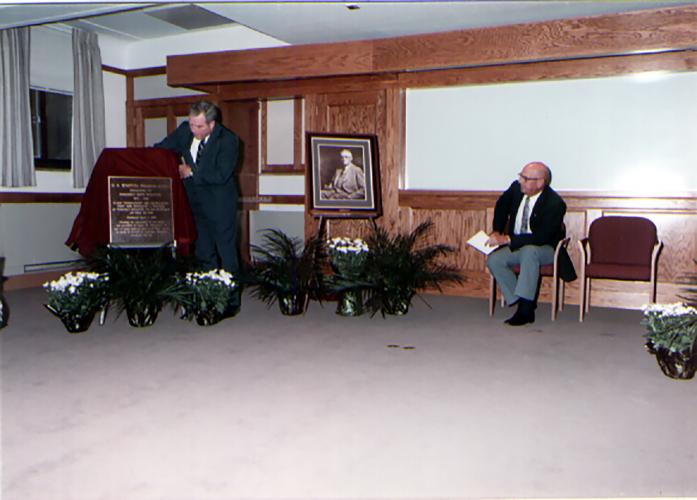
Dedication by Dean Call, Cornell University, Ithaca, NY. Cornell dedicated the seminar room to Herbert Hice Whetzel, who was a distinguished faculty member and former chairman of the university’s Plant Science Department.
Radisson Pathway System (1995)
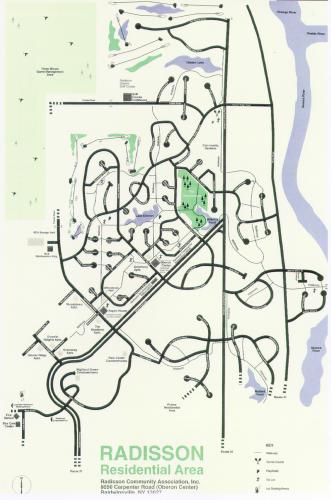
Henry Richardson Associates (physical planner/architect), Trowbridge and Trowbridge Associates (landscape architect), O'Brien & Gere (civil engineering firm), Radisson Pathway System residential area map, Radisson, NY.
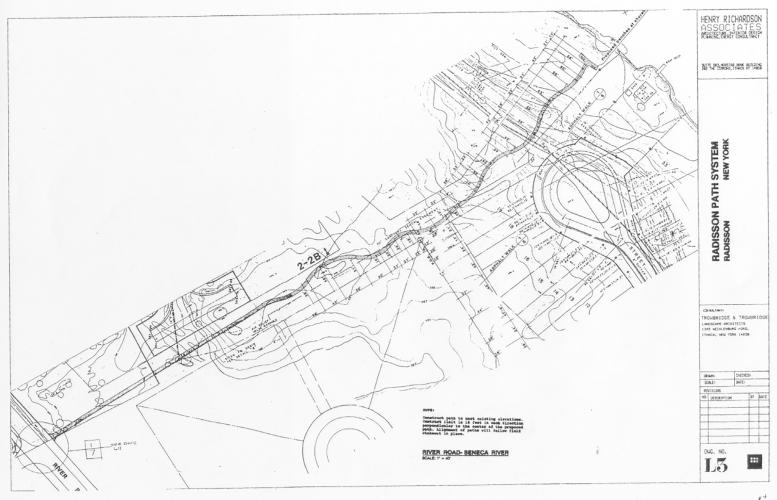
Seneca River Path System map, Radisson, NY. The Radisson Pathway System is a network of pedestrian pathways that links all homes to businesses, shopping, recreational areas, and the natural and built amenities of the town.

Seneca River Path System figure 1, Radisson, NY. Pathways facilitated the enjoyment of wooded areas, open fields, and the town's many ponds and small lakes.
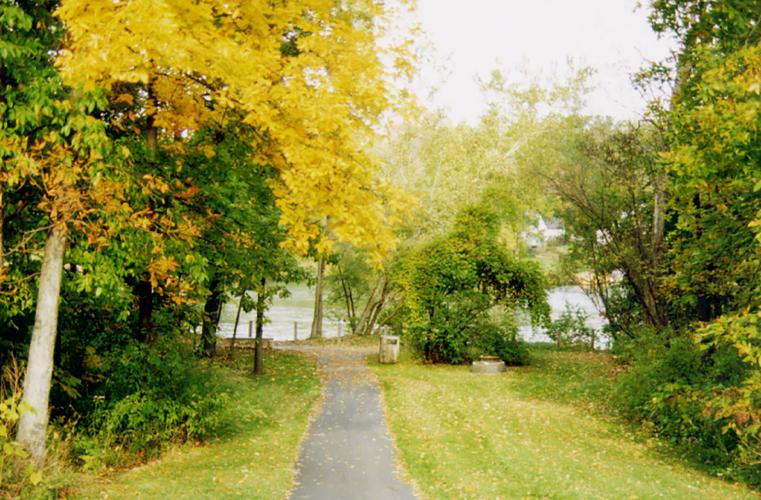
Seneca River Path System figure 2, Radisson, NY. Pathways led to important destinations, such as the wildlife area or the banks of the Seneca River.
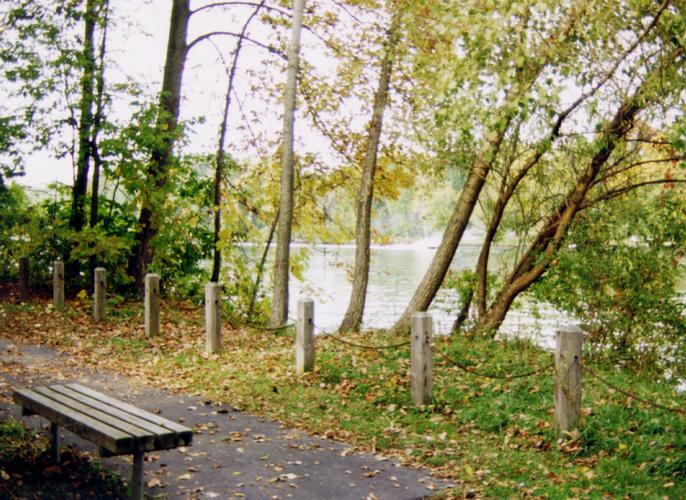
Seneca River Path System figure 3, Radisson, NY. The Pathway System was designed to reveal the beauty of the town in addition to linking facilities and amenities.
Umnini Resort and Recreational Center (2001–02)
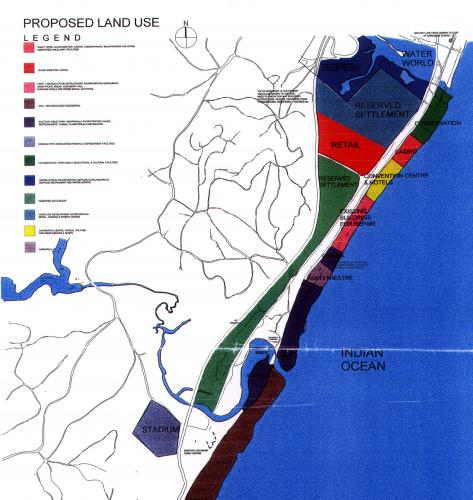
Henry Richardson (development consultant); Concepta International, Mtetwa & Associates Architects, Wimberley, and Allison, Tong, and Goo (planning, urban design, and AEC consultants); Umnini Resort and Recreational Center land use map, Kwazulu Natal, Republic of South Africa.
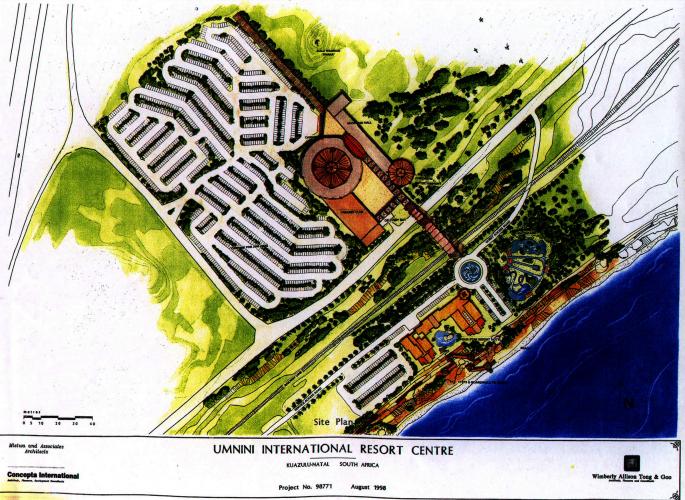
Master plan, Kwazulu Natal, Republic of South Africa. The Umnini Resort Center included the preparation of a land use plan for the trust land and the development of a casino and hotel complex.
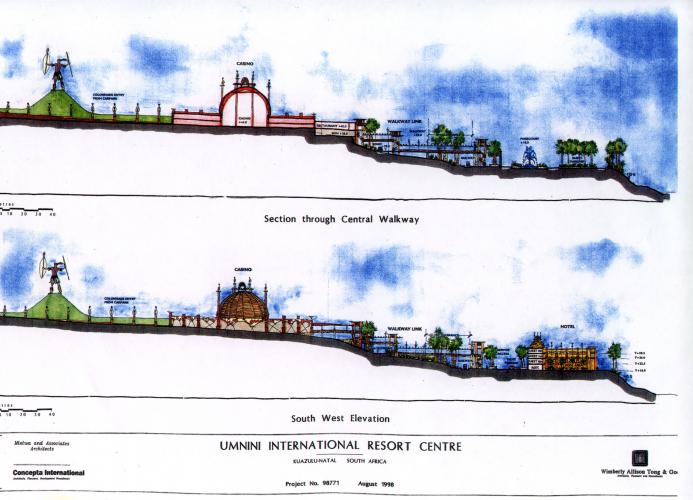
Illustrated view of section through central walkway and south west elevation, Kwazulu Natal, Republic of South Africa.
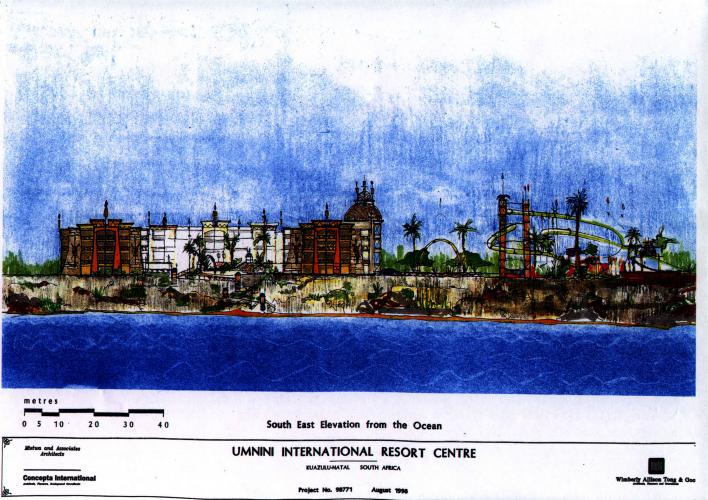
Illustrated view of south east elevation from the Indian Ocean, Kwazulu Natal, Republic of South Africa. The Umnini Resort Center project encompassed the development of a stretch of Umnini Tribal land along coastal land along the Indian Ocean.
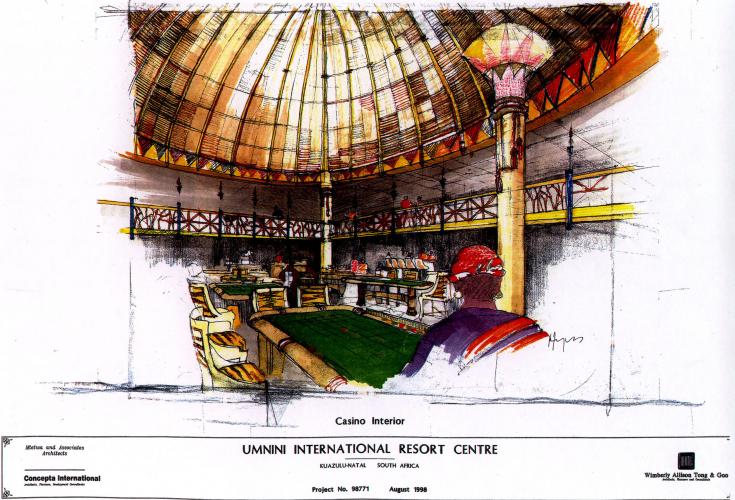
Casino interior, Kwazulu Natal, Republic of South Africa. The Umnini Resort Center project created an economic and social development generator for the region.
In the Field
Testing real time experiential XR design in the Virtual Places XR Research Studio (fall 2019).
XR presentation by one of our research partners from FXCollaboration (fall 2019).
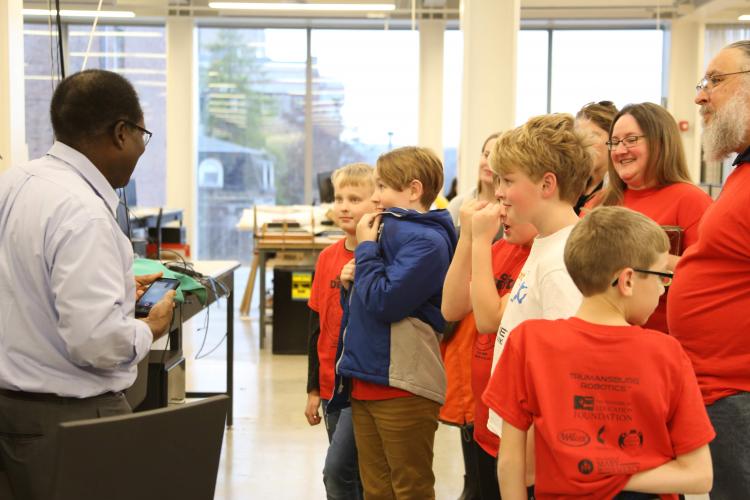
Outreach program for the Trumansburg Elementary School by the Virtual Places XR Research Studio (fall 2019).
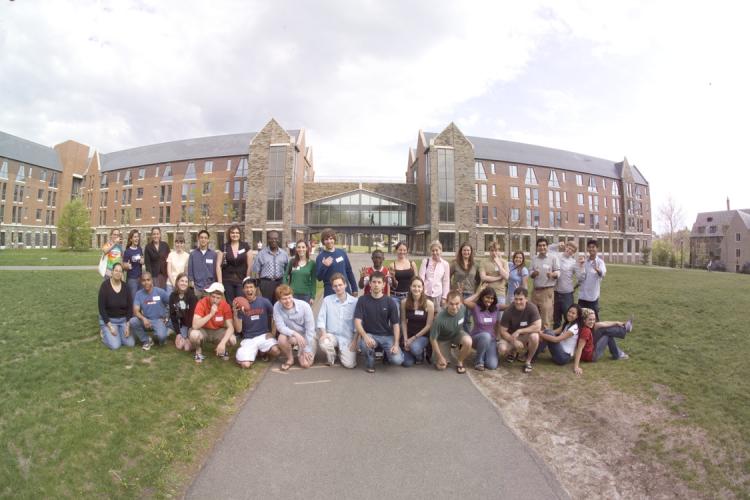
Faculty-in-residence group photo with Court-Kay-Bauer Hall residents.

Dinner discussion with students in Richardson's graduate extended practice studio (2011).

Orcus mouth sculpture in Il Parco dei Mostri (Park of the Monsters), Bomarzo, Italy (spring 2016).
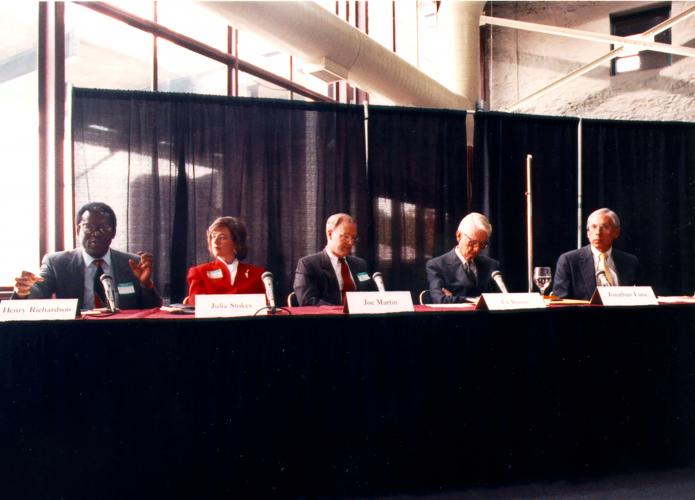
Brown's Race Symposium (1993), Rochester, New York.
Color: Lorem ipsum dolor sit amet, consectetur adipisicing elit. Distinctio, eveniet?

